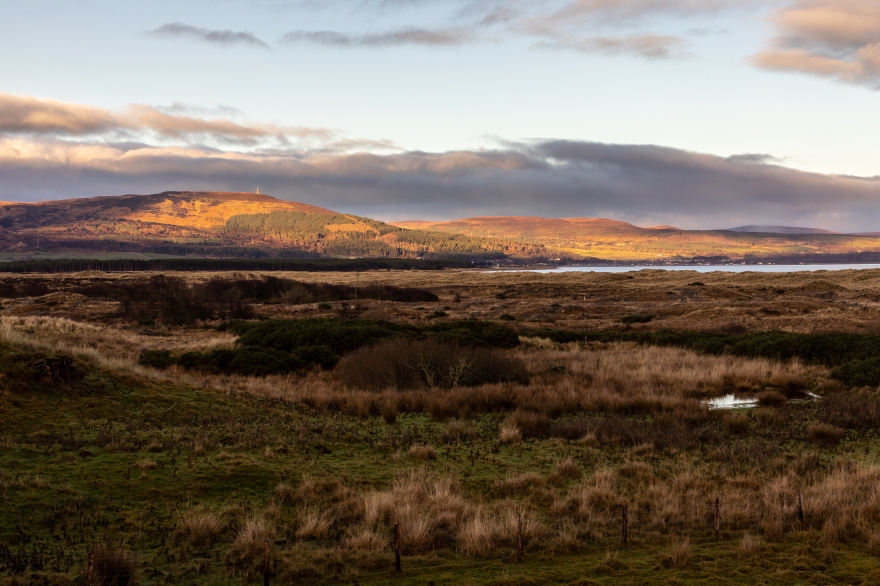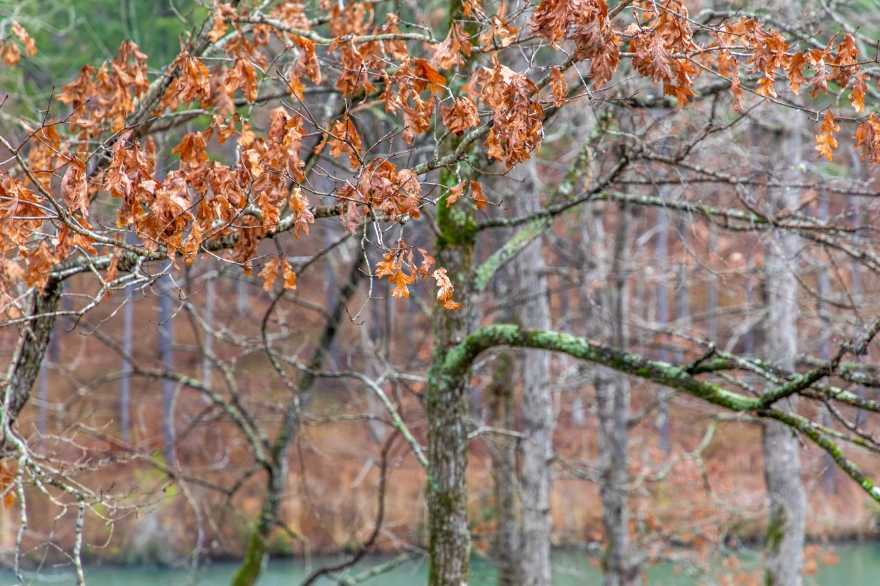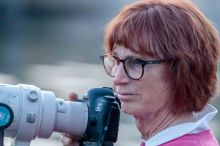While when I started, I thought I had a pretty clear intent on my project work, but it has continued to evolve as I have progressed through the course. And as I find the original idea about the Coul Links work being somewhat stymied by timing it has forced some rethinking and perhaps adaptation. It remains an on-going project that I would like to see through to completion if the development is approved. However, as a result, I have been exploring ways to look at places in different and more intimate ways.
I came into the MA programme on the basis of my wildlife work and portfolio. It was not though on what I ultimately wanted to focus. I still enjoy it, but it is a difficult genre in which to find something unique to say and there is such a large degree of uncertainty about any given day or week of shooting wildlife that I decided that I wanted to move my practice in a different direction.
I am interested in places and particularly places over time. I have always viewed my practice as principally documentary in character. I generally provided visual context as to where by including distinguishable geographical or cultural elements. My work was generally quite indexical whether it was wildlife, action sports, or landscapes. I wanted my photographs to look as realistic and as true to what I saw as was possible. I sought to create a representation of my experience of the reality of the world in front of me and my lens.



Landscape photography, like any other photographic discipline is not just one specific thing and there are different registers within and underneath the overall umbrella of the genre. Its roots among the Pictorialists and Modernists can be traced to the representations of the pastoral by 18th and 19th century painters. Wells, in Land Matters discusses the idea that space becomes place when it is named or photographed.
“Naming turns a space into place. Once named we can no longer view somewhere as unknowable, although as yet relatively little may be known. Likewise, of course, familiar places are those that have come to seem ‘known’.” (Wells 2011: 3)
Industrialisation and urbanisation have separated mankind from the land. Many humans go through an entire life without seeing in person a natural landscape. For many they do not know what they do not know and for others, photographs have become the window to a world they cannot themselves experience. And yet there has arisen a curious dichotomy in the evolution of landscape photography which is true in many cases for urban landscapes as well as the more ‘traditional’ natural landscapes. Even someone like Edward Burtynsky, whose work shows the aftermaths of human actions on the landscape, only very rarely depicts the human perpetrators.
“The images of idealized nature created by our aspiration have one common characteristic. Within this perfect world of greenery and water and air, where all living things exist in a continuous circle of life, there is always one species missing: people. While any trace of humankind is discernible in a landscape, we are hesitant to call it “nature.” We feel a desire to remove anything that has to do with people from the landscape-just as nature-conservation programs are deemed successful to the extent that they are able to keep people away from the areas being protected.
Having been thoroughly removed, then, is humankind truly no longer part of nature?” (Naoya Hatakeyama – Lime Works (1996) in Setting Sun, 2006)
Liz Wells in Land Matters offers a different point of view:
“Landscape is a social product; particular landscapes tell us something about cultural histories and attitudes. Landscape results from human intervention to shape or transform natural phenomena, of which we are simultaneously a part. A basic useful definition of landscape thus would be ‘vistas encompassing both nature and the changes that humans have effected on the natural world’. But, in considering human agency in relation to land and landscape we also need to bear in mind that, biologically, we are an integral element within the ecosystem.” (Wells, 2011: 1)
“Suffice it to note that our relation the environment in which we find ourselves, and of which we form a part, is multiply constituted: the real, perceptions of the real, the imaginary, the symbolic, memory and experience, form a complex tapestry at the heart of our response to our environment, and , by extension, to landscape imagery.” (Wells, 2011: 2)
“The content of images may seem natural. But representational and interpretive processes are cultural in that they are anchored in aesthetic conventions. Photographs substitute for direct encounter; they act as surrogates, mediating that which was seen through the camera viewfinder.” (Wells, 2011: 6)
“Photography is thus powerful in contributing to specifying spaces as particular sorts of places. It constructs a point of view, a way of seeing which is underpinned by the authority of the literal.” (Wells, 2011: 7)
“…namely, curiosity about ways in which we, as transient individuals, relate to our environment which, although changing seasonally and adjusting over time, is ultimately longer-standing than us. Such reflections, however, are not disassociated from the socio-political. We impact on our environment, constraining natural phenomena, managing social and environmental change, causing physical, botanical, chemical and meteorological shifts of varying import. From small acts such as re-routing local village paths …to larger decisions such as developing industrial parks with, as we now acknowledge, troublesome legacies in terms of fuel consumption, emissions and global warming, we impact on the holistic integrity of localities.” (Wells, 2011: 8)
The dichotomy is perhaps summed up best in the following quote.
“As humans we simultaneously form a part of and perceive ourselves as standing outside of the natural.” (Wells 2011: 13)
As I have continued in my quest to expand my understanding and practice of photography through this MA, I have seen a distinct evolution in both. I am doing things I was never before aware of and never imagined I might be considering. I thought perhaps it would be useful to find a way to reinsert myself into the landscapes I would photograph, physically and metaphorically. Taking inspiration from photographers such as Axel Hutte, I have begun to explore more intimate views of the landscape with the intention of eliminating the geographic clues in a way that allowed the photo to be more universally representative; to carry a feeling or mood, to convey a sense of déjà vu, or a desire to sink into a place that is both unknown and somehow familiar at the same time. I believe these things can be achieved with beauty or with mystery and perhaps even sometimes with a degree of abstraction that causes the viewer to pause to examine the riddle before her. In each of these approaches to more intimate views there is an intentional ambiguity compared to the landscapes of grand vistas which if not iconic are perhaps at least recognisable. It is fair to say that ambiguity is indeed an intention in its own right.




Guy Moreton’s essay in Liz Wells Relic ended with a quote from his work Waterlogged: Journeys Around an Exhibition and it seems a good place to end this reflection. It is directed at the reader of photographs but provides an insight for creators of photographs.
“…as readers we collectively inhabit the character of the traveller mapping a place somewhere between the unconscious mind and the architectural relic, or between wilderness and culture. In this case the relic might stand for the nature of time itself, about ‘our capacity to drift from one place, one history or one subject to another and still have no notion how we navigated the darkness in between.” (Moreton in Wells 2009: 56)
References
WELLS, Liz. 2011. Land Matters: Landscape Photography, Culture and Identity. London ; New York: I.B. Tauris.
WELLS, Liz and Simon STANDING (eds.). 2009. Relic. First. Plymouth, UK: University of Plymouth Press.
VARTANIAN, Ivan, Akihiro HATANAKA and Yutaka KAMBAYASHI. 2006. Setting Sun: Writing by Japanese Photographers. New York: Aperture.
